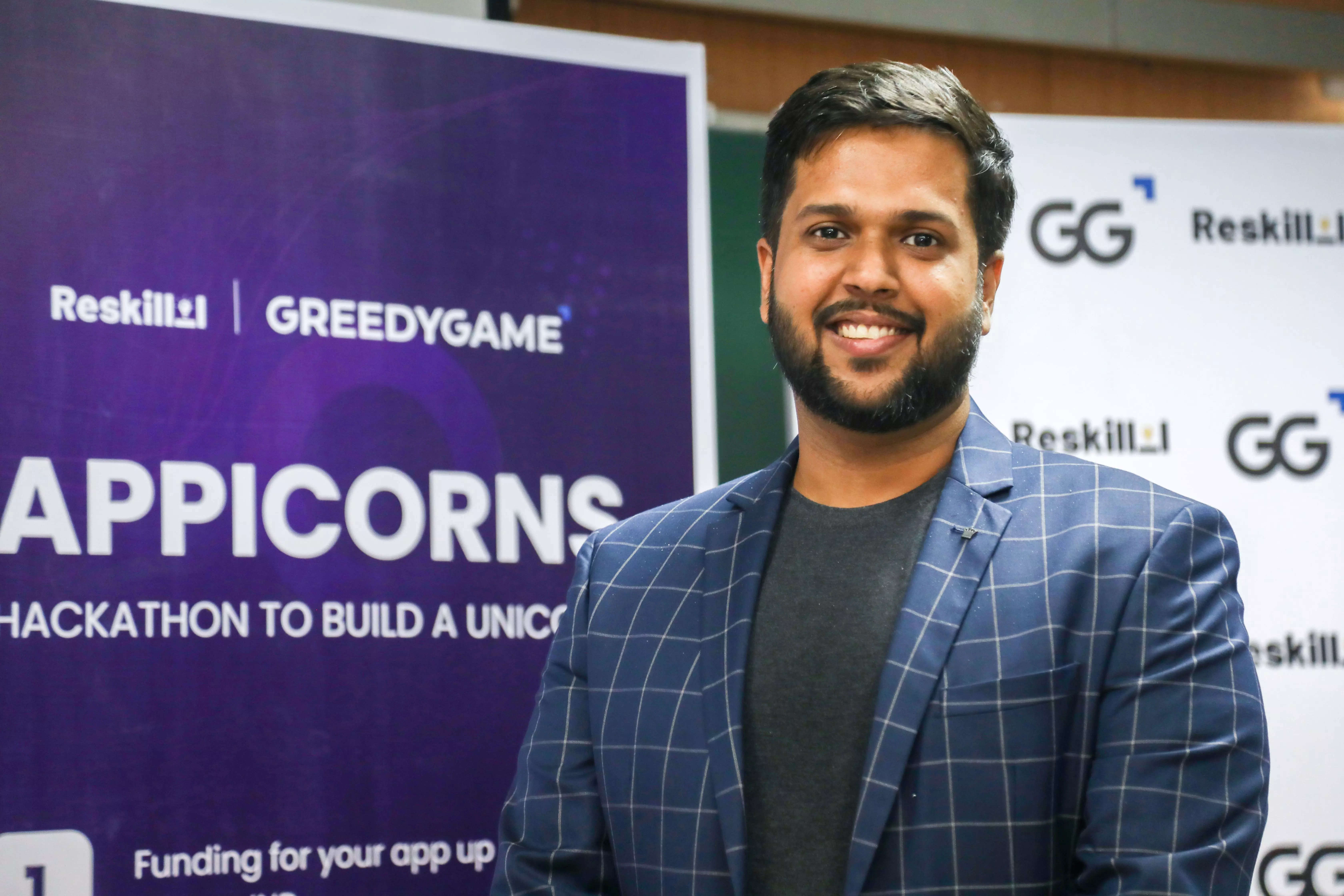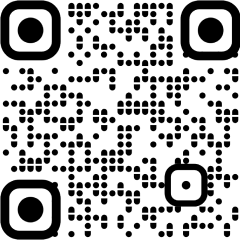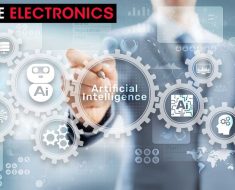
The numerous technological advancements are constantly reshaping the adtech industry and are redefining how brands connect with their target audiences. One such revolutionary force that has taken center stage at present is GenAI (Generative Artificial Intelligence).
While we are familiar with GenAI tools like ChatGPT and their ability to create content, the true extent of GenAI’s potential remains largely untapped, particularly in the realm of ad creatives. This begs the question: How can this cutting-edge technology propel adtech into a new era of innovation?
Back to Basics: What is Generative AI?
GenAI, as the name suggests, is an artificial intelligence that generates content. This content could be text, imagery, animation, audio synthetic data, and more. GenAI has become popular because of the simple user interface it hosts. It has enabled everyone to write, and animate.
Though the advent of GenAI dates back to the 1960s when chatbox came about, it was not until 2014, with the introduction of Generative Adversarial Networks (GANs), a machine learning algorithm, that GenAI could accurately generate images, videos, and audio or real people. GenAI is leading the way to more groundbreaking changes in all industries.
Leveraging Generative AI for Ad Creatives
Content Generation
Content creation has received a whole new dimension after the advent of GenAI. GenAI tools can generate different forms of content with ease, efficiency, and precision. From texts, images, designs, and creatives to videos, there are no aspects that GenAI has left unexplored.
Text Generation
Writing compelling ad copies and marketing emails has become simple with GenAI. GenAI tools have enabled faster and quality copywriting when fed with the right prompts. They excel at creating human-like texts, and advertisers can leverage this by creating compelling ad copies.
GenAI has also created personalized messaging to appeal to the target audience. This will, in turn, help get more clicks and conversions. Let’s take the example of Meta‘s new AI Sandbox project to illustrate this example better. Meta’s Sandbox AI has a text variation element that can take an ad copy and render a series of alternatives based on Meta as best practices. In doing so, Meta has simplified the process of creating compelling ad copies that go into a creative.
GenAI also can write captivating scripts for ad films. The actor Ryan Reynolds, for example, in his Mint Mobile commercial, used an AI-written script that sounded quite like his own way of speaking.
Similarly, GenAI tools like Persado break down ad creatives into six distinct elements: descriptions, narrative, calls-to-action, emotion, formatting, and word positions. Once the tool yields the creative copy, you can experiment with multiple combinations of these elements and create the message that works best.
Language localization is another aspect that GenAI has achieved. By creating models in multilingual data, AI algorithms can generate ad texts in many languages. This will resonate with a diverse set of audience and, thus, expand the ad’s reach and connect with consumers across various linguistic backgrounds.
Image Generation
GenAI has made significant contributions to the design field and has potentially changed how advertisers function with visual elements. According to Statista, a survey conducted in 2023 revealed that 25 percent of people preferred AI-generated faces in social media advertising.
Automated creation of ad designs has become increasingly popular. By analyzing vast datasets of existing designs, AI tools have generated visually appealing creatives targeted at specific audiences. This will help garner and retain users with ease.
For instance, Ad Creative, an AI-powered tool, can help brands design high-performing ads and creatives for campaigns for Facebook, Instagram, Twitter, Pinterest, and other display ads platforms. By using AI and machine learning, this tool can create over 100 digital ads focused on boosting conversion rates.
GenAI can customize visual assets based on the prompts it receives. This level of personalization will gain more users and increase the chances of engagement.
GenAI also helps transfer styles from one design to another. This allows for artistic adaptation. Advertisers can create cohesive campaigns by applying the characteristics of a particular style or design to your ad creatives. This gives you the flexibility to experiment and adapt designs to different contexts.
Video Generation
GenAI has the potential to create numerous video ads in a short period. Starting from creating animated videos from scratch to templatized ads, GenAI has nullified the need for stand-alone ad shoots. Tools like Genus AI have made it easy for advertisers to specify the kind of ads they require and generate them in a few minutes. Another capability of GenAI that can be leveraged for video ad shoots is AI-generated human models. This process is called generative modeling. AI algorithms analyze patterns and characteristics in the training data and generate numerous human models with varying looks, poses, and expressions. These models can be used to represent personas or target audience segments.
For instance, Rosebud.ai created human models for ad campaigns. By doing so, this tool has eliminated the need for expensive photoshoots, model costing and has saved money. It has also saved time required for schedules and post-production work.
Generative modeling has also enabled creative flexibility in storytelling. Advertisers have the freedom to experiment with different characters, personalities, and more that they deem to be well-suited for their ads. This can create tailored creatives catering to their creatives to represent and target their niche demographic.
Samsung’s NEON AI, a project that created a lifelike virtual human, has the potential to impact ad creatives significantly. With its ability to show emotions and behave like a human, NEON AI can revolutionize the way advertisements are produced. These virtual humans can engage with audiences in a human-like manner, enhancing brand identity and establishing a stronger connection.
Unlike real humans, NEON AI virtual humans are available round the clock and offer more accessibility. They can also be trained to speak multiple languages, so catering to a vast audience is easy.
NEON AI project can create a versatile set of AI human models. Advertisers can leverage this versatility to tailor ad creatives to different target segments, campaigns, or contexts.
These AI human models can be made to model for video ads and help cost-effectively generate higher ROAS.
What does the future hold for GenAI? The future of GenAI has numerous avenues to revolutionize. Some of them are as follows.
Smarter Ad Creatives Generation
GenAI can revolutionize ad creatives by becoming smarter and more effective. These AI algorithms can generate compelling ad content that is responsive and contextual to the demographic and the environment.
GenAI can analyze factors like platform, device, time of the day, and the user’s browsing behavior and create optimized ads for the environment. These ads may vary in format and content when displayed on a mobile device versus a desktop. Thus, these ads can seamlessly blend into the user interface. Additionally, GenAI can learn from feedback and optimize ad creatives by user preferences.
Hyper Personalized Ads
GenAI has the potential to transform the traditional approach of targeting a mass section of the audience by enabling the hyper-personalization of ads. In the foreseeable future, these ads will be created and tailored at scale. This will allow advertisers to deliver personalized ads to individuals faster.
Traditionally, ad campaigns target broad audience segments and present a small number of ads for all their target audience. But with GenAI, advertisers can analyze huge datasets, real-time information and generate personalized ads based on individual preferences. For example, a clothing retailer could use generative AI to display ads featuring weather-appropriate outfits based on the user’s current location and weather conditions. This level of contextual personalization enhances the user experience and increases the chances of engagement and conversion.
Challenges with GenAI
GenAI comes with its own set of limitations as well. GenAI is only as accurate as the information it is presented with. It requires the prompt to be specific and correct. If not, there are a couple of huge complications that might arise. Firstly, the accuracy of the AI tool’s information will be compromised. Advertisers face the risk of spreading content that is false, misleading, or plagiarized. Secondly, the quality of the content generated will be subpar. If the content is of low quality, the advertisers’ brand will ultimately take a hit, having its credibility questioned.
AI-generated content can also be mechanical in its tone and language. It will likely lack a human touch and be irrelevant to an advertiser’s brand values. Furthermore, advertisers will lose control when AI tools attempt to optimize ad placements and place the ads on irrelevant, third-party platforms.
The Way Forward
GenAI is still nascent, and its potential, especially in the adtech sphere is still yet to be discovered. But as technology advances, we expect GenAI to play a significantly bigger role in influencing ad creatives. By playing an influential role and delivering impactful ads, GenAI is well on its way to unlocking new realms of success in the adtech industry.
The author is the CTO of GreedyGame and PubScale
Disclaimer: The views expressed are solely of the author and ETCISO.com does not necessarily subscribe to it. ETCISO.com shall not be responsible for any damage caused to any person/organization directly or indirectly.


![[2308.03958] Simple synthetic data reduces sycophancy in large language models [2308.03958] Simple synthetic data reduces sycophancy in large language models](https://aigumbo.com/wp-content/uploads/2023/12/arxiv-logo-fb-235x190.png)


